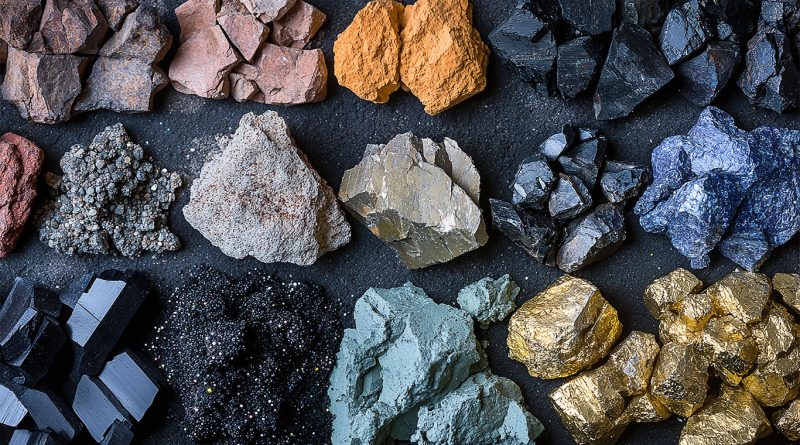How the US Can Unlock Critical Minerals From Mining Waste
Subscribe to our free newsletter today to keep up to date with the latest mining and minerals news.
The United States is confronting a critical vulnerability buried beneath decades of economic growth: its dependence on foreign sources for vital minerals like gallium, rare earth elements, and cobalt. These materials power everything from smartphones to semiconductors to electric vehicles. The challenge is not just geopolitical. It is industrial. With more than 80 percent of several critical minerals sourced from abroad, the nation’s technological autonomy is at risk.
While opening new mines domestically remains difficult due to environmental and regulatory challenges, a surprising source of supply is emerging – waste. Specifically, mine tailings, coal ash, and industrial byproducts from decades past could now be a domestic goldmine for rare and valuable minerals.
A reliance built on offshoring now invites supply chain fragility
China currently controls the global supply of many rare earth elements. In 2023, it suspended exports of gallium and germanium, signaling a willingness to leverage its position. The US Geological Survey notes that the United States is 100 percent import-reliant for 12 of the 50 designated critical minerals. These include antimony, barite, and graphite, materials essential to high-performance batteries, defense applications, and electronics.
Policy makers have taken notice. The Inflation Reduction Act and CHIPS and Science Act include funding for critical mineral research and development. But permitting delays, community opposition, and cost overruns continue to slow progress on new mining initiatives.
Waste mining offers untapped potential with fewer trade-offs
Waste mining refers to the extraction of valuable elements from materials previously considered debris, like tailings, slag, fly ash, and even wastewater. These remnants often contain small but meaningful quantities of cobalt, lithium, scandium, and other strategic resources.
Unlike traditional mining, this approach avoids many of the obstacles tied to land acquisition and environmental degradation. The waste is already there. It is often stored in open piles or tailings ponds across the country. According to the Department of Energy, the United States has over 2 billion tons of coal ash alone, much of which contains rare earths and other critical elements.
Pilot projects across Appalachia and the western US are testing ways to extract these minerals economically. At Pennsylvania State University, researchers are working to recover rare earths from acid mine drainage. In Wyoming, companies are exploring how to reprocess coal byproducts. The Department of Energy’s Critical Materials Innovation Hub is tracking dozens of such initiatives.
Mining tailings is not a simple fix but it may be a smart one
Despite its promise, waste mining is not a silver bullet. Recovering critical minerals from tailings often involves expensive chemical processes and technical complexity. Separation, purification, and yield optimization all require innovation.
Moreover, the quality and composition of waste materials can vary significantly by site. Some tailings may contain economically recoverable levels of elements. Others may not. Environmental safeguards must also be built into any reprocessing plan to prevent the release of heavy metals or toxic runoff.
Still, the upfront infrastructure exists. Unlike new mines, tailings and industrial waste sites already have defined footprints, permitting histories, and environmental documentation. This can drastically reduce lead times.
Policy support and private capital are beginning to align
The Department of Energy and the Environmental Protection Agency are beginning to fund and fast-track waste mining projects. In 2024, the DOE allocated more than $150 million for pilot plants aimed at extracting minerals from unconventional sources. Meanwhile, venture-backed startups and engineering firms are entering the field with advanced separation technologies and AI-driven site assessments.
The mining industry, long focused on scale and extraction, is starting to recognize the potential value of reprocessing. Large players such as Rio Tinto and Freeport-McMoRan are investing in recovery technologies to enhance their sustainability credentials and hedge against future supply constraints.
Critically, the federal government is building the regulatory framework needed to support these efforts. Initiatives under the Defense Production Act have helped redirect funding toward domestic processing facilities, while amendments to mining legislation are exploring how to classify and regulate recovery from waste.
Rebuilding the US critical minerals supply chain does not require looking only forward. By reassessing what was left behind, the country can create a faster, cleaner, and more strategic path to resilience. Waste mining may not fully replace traditional extraction, but it can be a major part of the solution.
Sources:
